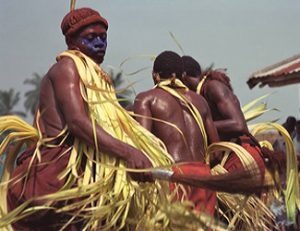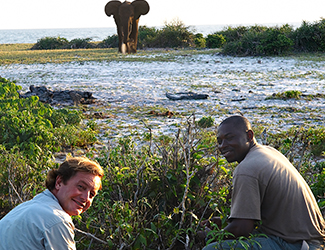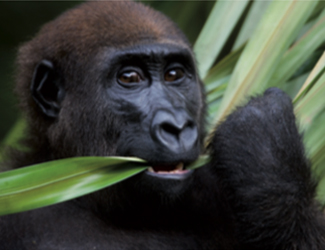Gabon: people
The earliest inhabitants of Gabon are the pygmy people. Pygmy tribes are known for their hunting & gathering culture in the central African rainforest, and for their height: adult members grow on average to less than 150 cm (4 feet 11 inches).
Bantu tribes
Little is know about about the people of Gabon until the thirteenth century, at which time the pygmies were largely replaced and absorbed by Bantu tribes as they migrated into the area.
Of the 40 or so Bantu tribes now present in Gabon, the largest are the Fang, Eshira, Mbele and Okande. Only a small percentage of native Gabonese live in the towns, as the population is concentrated in the coastal areas and the villages along the banks of the many rivers, following a more traditional rural style of life.
National identity
The Gabonese people are proud of their country’s resources and prosperity and they are a spirtual population. Each ethnic group has ceremonies for birth, death, initiation, and healing, and for casting out evil spirits, though the specifics of the ceremonies vary widely from group to group.
Ethnic relations
There are no major conflicts between the groups in Gabon, and intermarriage is common. The ethnic groups are not contained within Gabon. Many groups spill over the borders into the neighboring countries. The borders were chosen by European colonials trying to parcel out territories; little consideration was given to the natural borders formed by the ethnic groups, which were then split by the new lines.
Languages
There are several languages in Gabon. The official language is French; while the principal African language is Fang. Moreover, Eshira is spoken by a tenth of the population; and Bantu dialects spoken include Bapounou, Miene and Bateke.
Religion
A large majority of Gabon’s population is Christian (60% of the population), with about three times as many Roman Catholics as Protestants. There also exist a small but growing Christian Alliance Church in the southwest and the tiny Evangelical Pentecostal Church (Assembly of God) in the estuary and far northern regions.
Furthermore, a syncretise religion called Bwiti (based on an earlier secret society of the same name) came into existence in the early 20th century and later played a role in promoting solidarity among the Fang. Besides those religions or beliefs, there are also few thousand Muslims who the majority are immigrants from other African countries.






